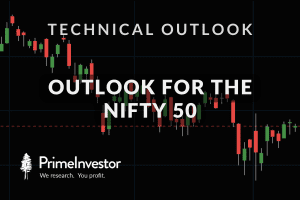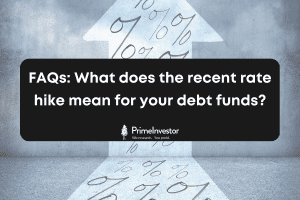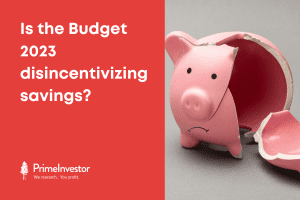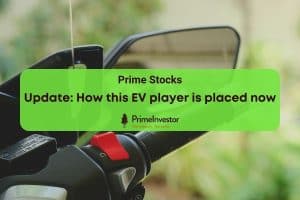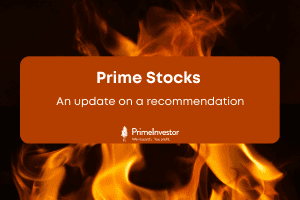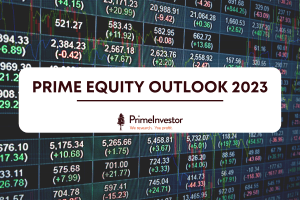In our Prime Equity outlook in 2022 we said “We would expect any correction triggered by global rates to take the Nifty 50 down to the 12,500 to 15,000 range. In this range, investors should deploy cash and swoop in on buying opportunities rather than develop cold feet!”.
The equity market world over did see a correction in 2022 along these lines and as geo-political factors took hold. Indian markets too, experienced a rout in the first half of the year hitting close to our predicted range at 15,200 by mid-June.
Even so, India did a lot better than its emerging market peers. The Nifty 50 closed the year on a positive note, with a modest 4% return. Simply buying the Nifty 50 would have delivered a good 18% from June until December 2022. Our own stock picks delivered well in 2022, too.
But with global recession on the cards, still high Nifty 50 and a hostile rate scenario, can 2023 be better than 2022? For Indian markets, there are some key trends that we think can play out. We look at where the Nifty 50 could be headed, and where opportunities lie.

